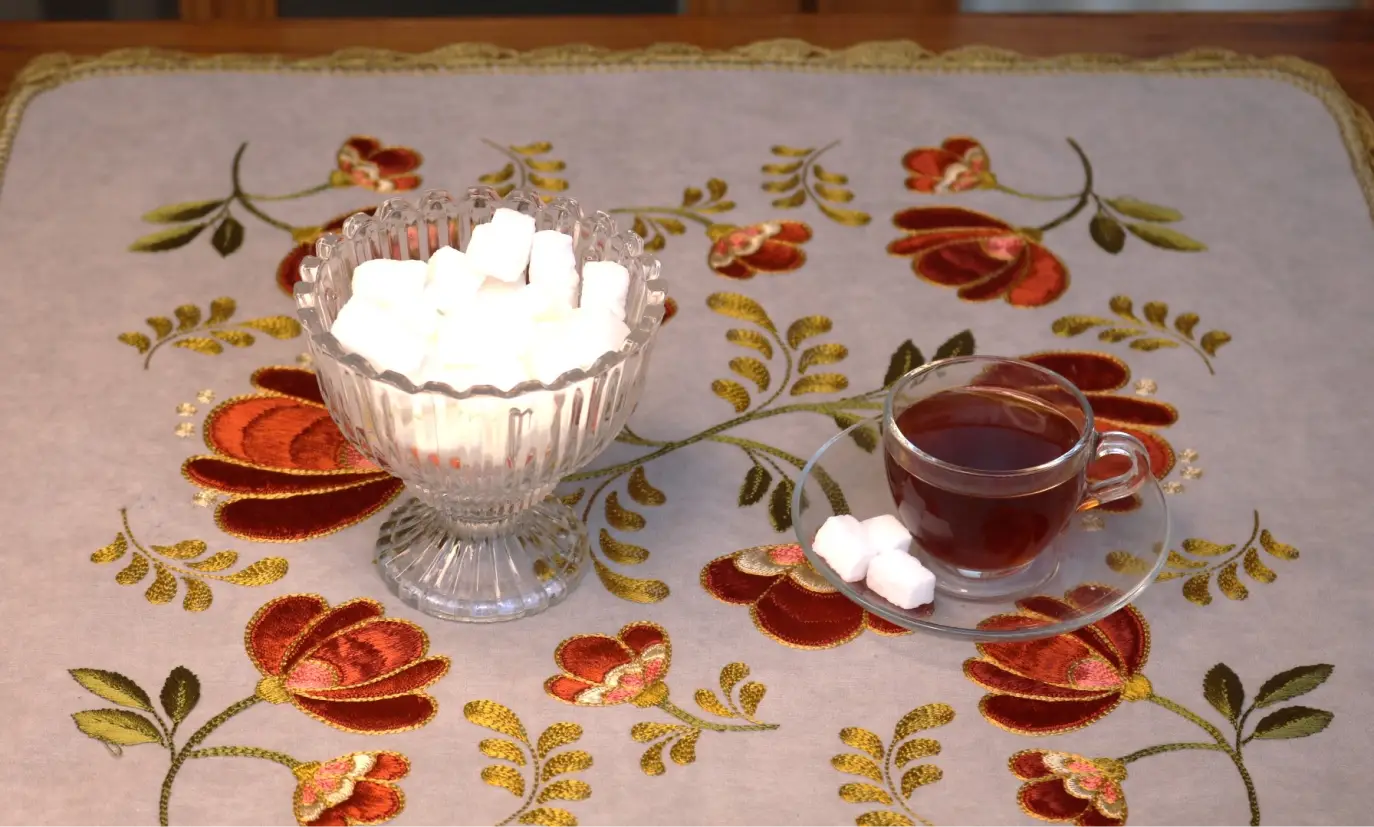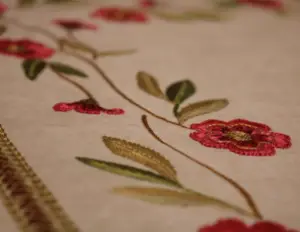Introduction
Nail art has evolved from simple nail polish applications to intricate designs that reflect cultural traditions and personal expressions. This article explores the rich tapestry of cultural influences on nail art, highlighting how various traditions and symbols from around the world have shaped and continue to inspire this creative form of self-expression.
Historical Overview
The history of nail art dates back to ancient civilizations. For instance, the Chinese used nail color as early as 3000 BC, with colors signifying social status. In ancient Egypt, nail color indicated one’s social hierarchy, with dark shades reserved for the elite.
Asian Influences
China: Traditional Chinese nail art often features intricate designs such as flowers, dragons, and symbols of luck. Red is a predominant color, symbolizing good fortune and joy.
Japan: Japanese nail art, or “Nail Art Deco,” is known for its elaborate and ornate designs, including 3D elements. Themes often include cherry blossoms and traditional Japanese patterns.
India: Henna has been used in India for centuries to create intricate designs on hands and nails, often during weddings and festivals. The art of Mehndi includes detailed and symbolic patterns.
Middle Eastern Influences
Henna: Similar to Indian traditions, Middle Eastern cultures also use henna for nail decoration. The designs are not only artistic but also carry cultural and religious significance, often symbolizing joy, health, and prosperity.
African Influences
Tribal Patterns: Nail art in African cultures often incorporates tribal patterns and earthy colors. These designs can be seen as a modern extension of traditional body painting and scarification practices, representing various tribal identities and statuses.
Western Influences
Pop Culture: In the West, nail art has been heavily influenced by pop culture, fashion, and media. Celebrities and fashion icons have popularized various trends, from French manicures to bold, experimental designs.
Symbols and Colors: Western nail art frequently uses symbols like hearts, stars, and logos, and incorporates seasonal and holiday themes. Colors are chosen not just for aesthetics but also for their emotional and psychological effects.
Symbolism in Nail Art
Pop Culture: In the West, nail art has been heavily influenced by pop culture, fashion, and media. Celebrities and fashion icons have popularized various trends, from French manicures to bold, experimental designs.
Symbols and Colors: Western nail art frequently uses symbols like hearts, stars, and logos, and incorporates seasonal and holiday themes. Colors are chosen not just for aesthetics but also for their emotional and psychological effects.
Conclusion
Nail art is a vibrant and dynamic form of self-expression deeply rooted in cultural traditions and symbolism. As it continues to evolve, it celebrates the diversity of global cultures and their unique contributions to the art form. Whether through traditional motifs or contemporary designs, nail art remains a powerful way to connect with and honor cultural heritage.


